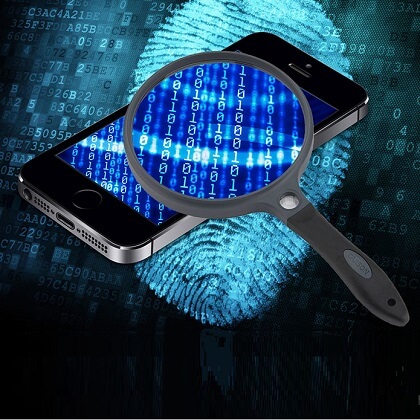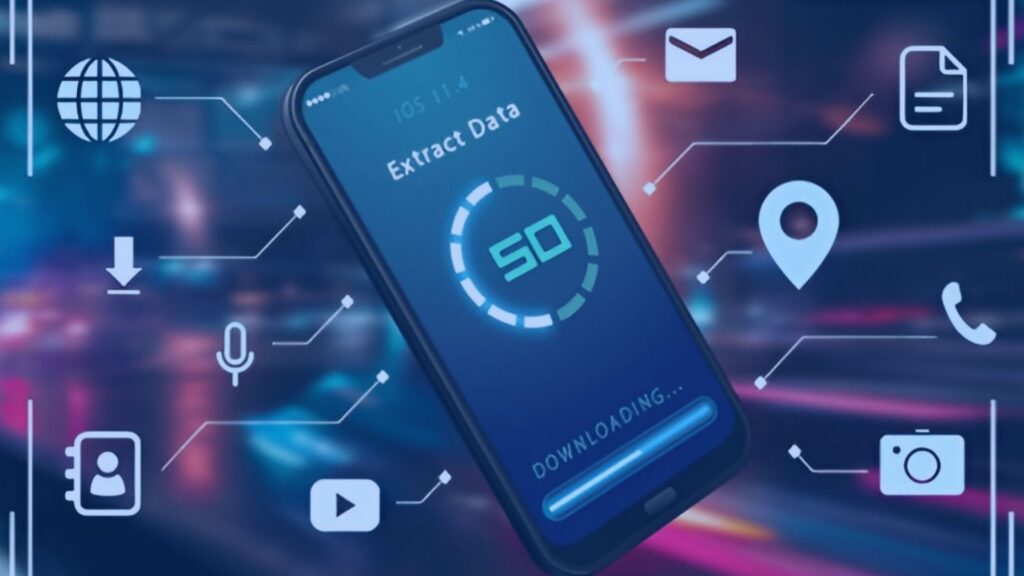-
ceo.bfi@gmail.com
Send Email
-
2C, C-6/A Block, Janakpuri, Delhi India 110058
Visit Our Office
99902-92279
Confidentiality Guaranteed
99902-92279
Confidentiality Guaranteed

Jun
Mobile Forensic Investigation
MOBILE-FORENSICS
Mobile-forensics investigation processes
SEIZURE
Mobile devices are generally seized in order to preserve the digital evidence and to keep the device in the same condition so as to avoid shutdown or turning off of the device by the investigating officer or digital forensic expert. Faraday bags or cases are used to keep the mobile device as these bags prevent any further cellular connection or any communication with the device. The mobile device is kept in airplane mode to prevent further alteration or activities. The investigation officer would risk user lock activation.
Mobile-forensics is the branch of digital forensics or forensic science dealing with data acquisition from mobile phones or similar electronic devices like tablets, personal digital Assistant (PDA) or handheld PC and GPS devices for investigation purposes. In today’s time, most people possess mobile devices for communication by using calls, messages, MMS services. Multiple application based apps and tools are available in all android and IOS mobile devices to communicate and exchange information’s in the forms of text messages, audio files, video files, GPS locations, photos etc. The crimes using mobile technology are also increasing day by day as criminals find mobile devices as the most convenient way to commutate, exchange their plans as well as to execute digital frauds. It has become a necessity for the digital forensic experts as well as investigating officers dealing with digital fraud or digital crimes to get all the digital information’s like call history, location history, deleted files and folders, deleted chats, deleted messages, MMS, photos, videos, app data, contact lists etc. from the seized mobile devices which may lead to key role in investigation by analyzing the digital information’s. Various mobile-forensics tools like UFED, Oxygen Forensic, XRY are used for the data extraction, data analysis, and report preparation.

MOBILE DATA ACQUISITION
Data acquisition is the process of gathering information from mobile devices and their associated media. This process reduces the chance of data loss due to damage or battery depletion during storage and transportation. Mobile device identification is necessary at the beginning of the forensic examination.
The data can be gathered from mobile devices in two different ways:
However, the collection of this information depends on the policies of the concerned states.
MOBILE-FORENSIC TOOL AND TECHNIQUES
Following cables or connectors are used to connect the mobile device to work station:-
Forensic Tools Classification System:- Forensic specialists or forensic analysts must understand the several types of forensic tools. The classification offers a framework for forensic analysts to compare the acquisition techniques used by different forensic tools to capture data.
Tools: –
b)Logical and Physical Extraction: – The investigators connect the cellular device to a forensic work station or hardware via Bluetooth, RJ – 45 cable or USB cable. The computer using a logical and physical extraction tool sends a series of commands to the mobile device. As a result, the required data is collected from the phone’s memory and sent back to the forensic work station for analysis purposes.
List of Forensic Tools: –
Tools: –
Tools: –
Our organization deals with cases related to mobile-forensics like data extraction from mobile devices, memory cards and cloud data for the personal purpose or legal purposes pertaining to judiciary or police etc. our forensic organization also provides training in the field of mobile forensics using digital forensic UFED tool. Our Mobile-forensics expert appears in the courts as an expert witness for forensic report demonstration by testimony and cross-examination. The mobile-forensics services are available all across the states of India especially in the metropolitan cities like Delhi NCR, Mumbai, Kolkata, Bangalore etc.
